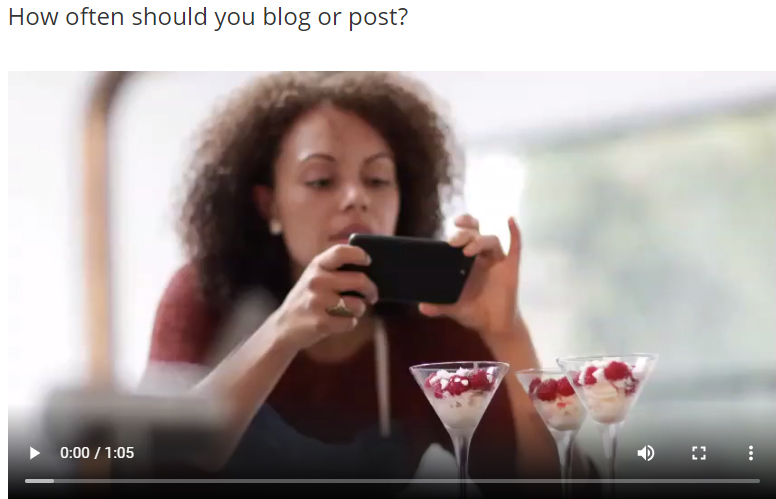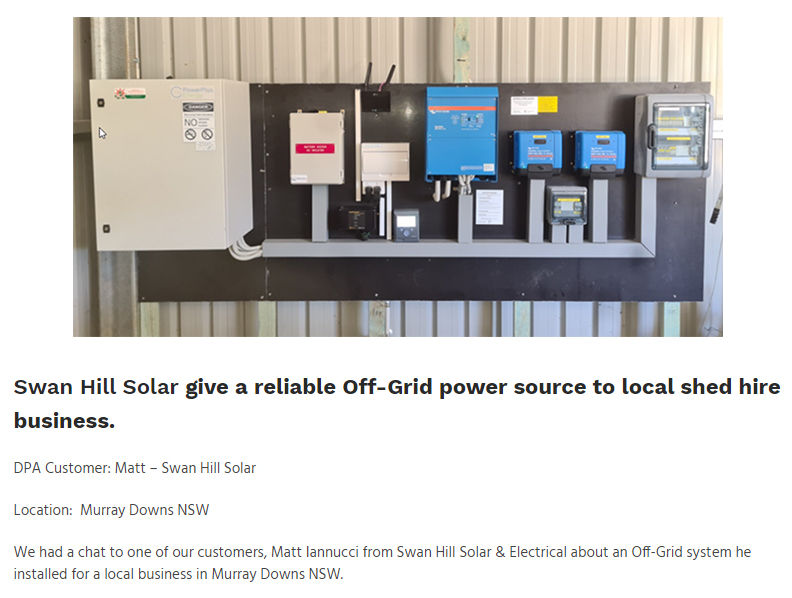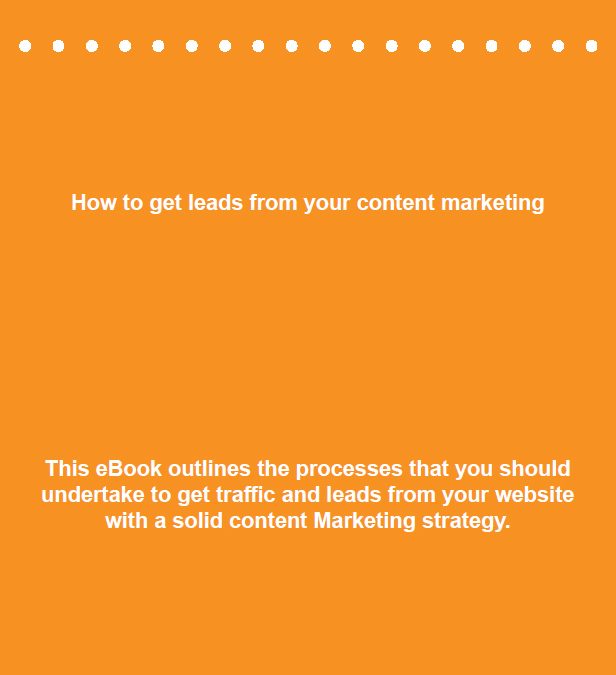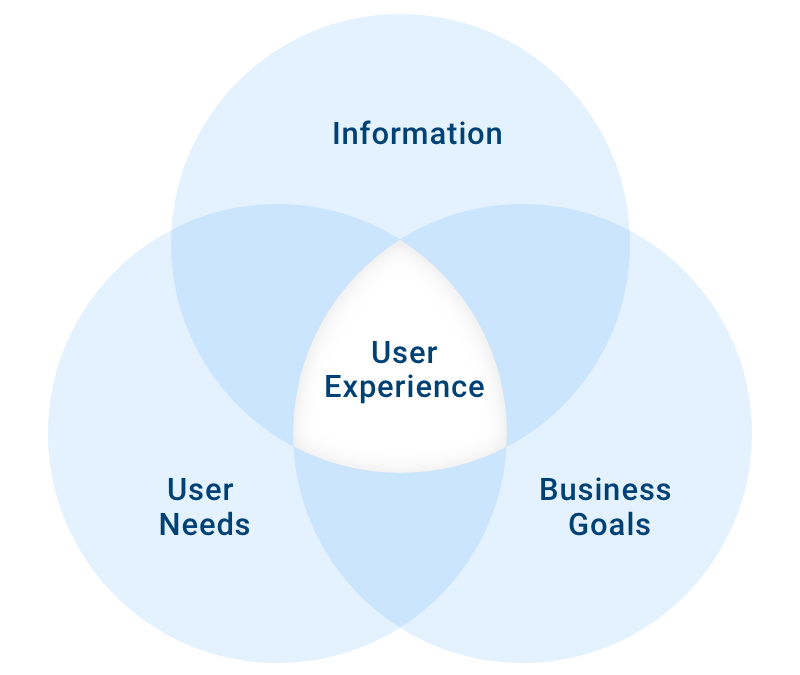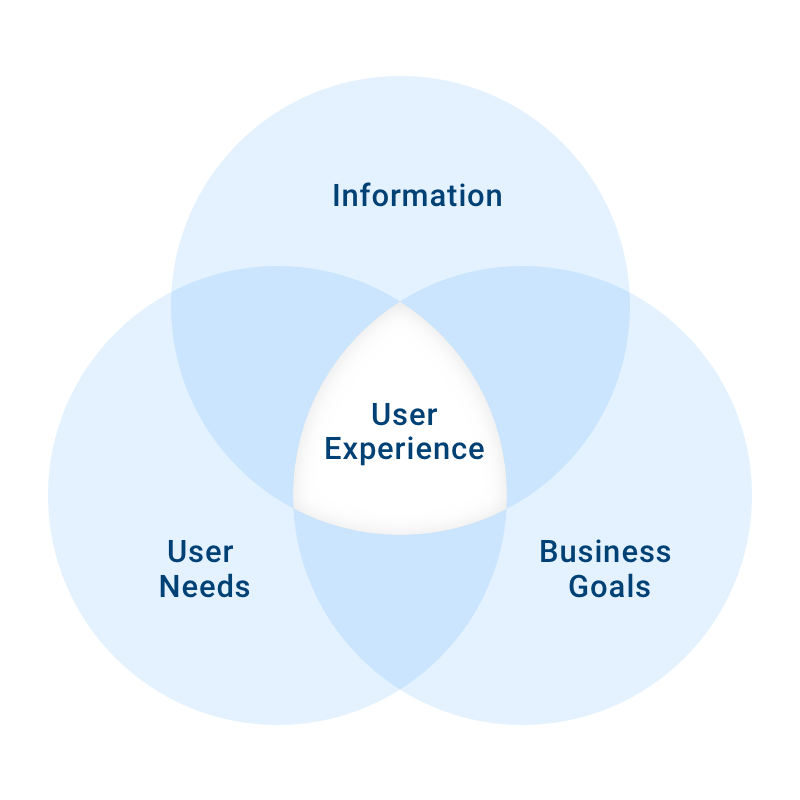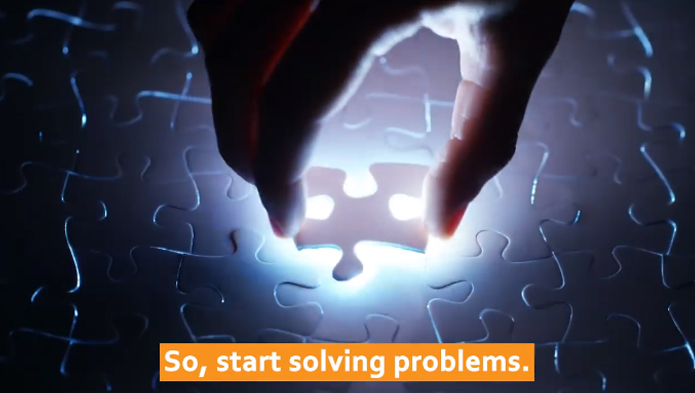
Content Marketing Tips

Content Marketing Tips
Content Marketing is one the most accessible ways for a small business to create loyal customers. Here are some content marketing tips that will help you with getting your message to the right potential customer.
Your content goals
Before you get started ask yourself these questions:
What is the purpose of your content?
Who are you helping?
How will your business help them in a way no one else can?
Where to post?
What social platforms are best for your business?
Ask: Where is your audience and where do they get their information from; LinkedIn, Facebook, Instagram, and so on.
Ask: Where are your competitors? You need to be where they are.
Your brand story
Your business has its own important story. When creating content add things like:
Why you do what you do?
How you do what you do?
This helps to differentiate your business from the others
Do something!
Sometimes we get caught up in a lot of strategy that may bog you down. But as a small business sometimes you just have to get your content started. Remember if you are saying nothing then no one will see you.
Make it relevant to a potential buyer.
Many small businesses think that just posting what you have done is enough to attract potential customers. They will post pictures of their work, or a completed product built in their factory. Don’t assume that this is all that you need to do to attract potential interest.
Although it is good that you are doing something. Remember if you are saying nothing then no one will see you.
Find something that will resonate with a potential customer!
Talk about your customer!
Your customer bought something from you because they needed to solve a problem that they had. Let’s say it was to save electricity costs or they needed to extract heat from their factory. Whatever the story is, talk about that. For example, “our customer wanted to save costs on their power usage, so we installed a system that would give them less reliance on the grid”.
Don’t stop your marketing Activities
No matter how good your or bad your business is going. If you are still doing some marketing do not stop it! When it’s all over the last thing you want to be doing is having to start it all up again from scratch. You have been doing a lot of hard work to get customers to notice you and be at the forefront of their purchasing minds don’t let it go!
Increase what you are doing online
If you are still putting things online this is the time to increase what you are doing. As people work from home, we have noticed that more people are posting things online. So, if your message pre-crisis was getting say 20% of the views it now will most likely go down to 10%. This is because there are simply more things being posted and are now cluttering up everyone’s feed. If you were doing say 2 posts a week you now need to increase this to one every day even more.
Hit it hard!
A lot of people think that they are annoying people by what and how much their business posts online. You are not! I repeat you are not annoying anyone! What you are doing is increasing your chances of being seen. If your friend says “you post too much” just take them as a friend and not a potential buyer. A potential buyer needs to see your business through the clutter of everything else. The way to get through that clutter is by relevance, consistency, and now volume.
Start some activities
If you aren’t doing any marketing, you need to start it now. I’m not talking advertising that costs too much and things may be tight. I’m talking about being on social media and getting your business in front of potential customers. People need to be aware of you for when they are ready to buy.
Be seen!
By following these simple steps, you will ensure that your potential to getting noticed will increase. And you want to be in the forefront of people’s minds when they are ready to buy!
That means:
More posts online
More content to give your potential audience help
Start to get noticed
Building a good story
When you post on social media you it is good to create a consistent story that relates to your business and the way you help your customers. We are all in business to solve customer problems. Tell your story about how your business solved a customer problem.
When you tell your story have your past, current, and future customers in mind.
Solve customers’ problems.
With your social media posts, you want to attract similar people. The target audience is other people who are like your customer. Other people who are looking to do the same thing or solve a similar problem. They will see your post and it will trigger an interest for them. They will become interested because it is something that interests them.

